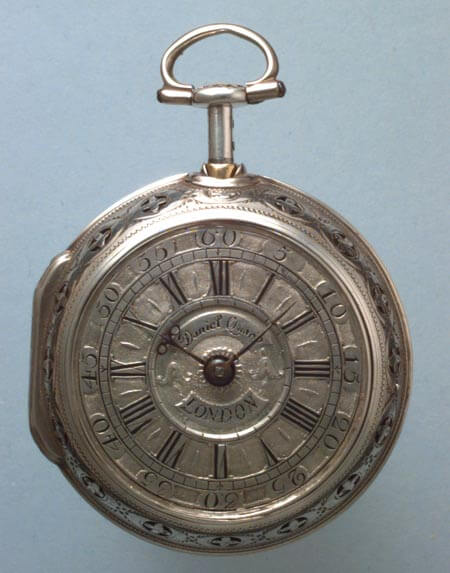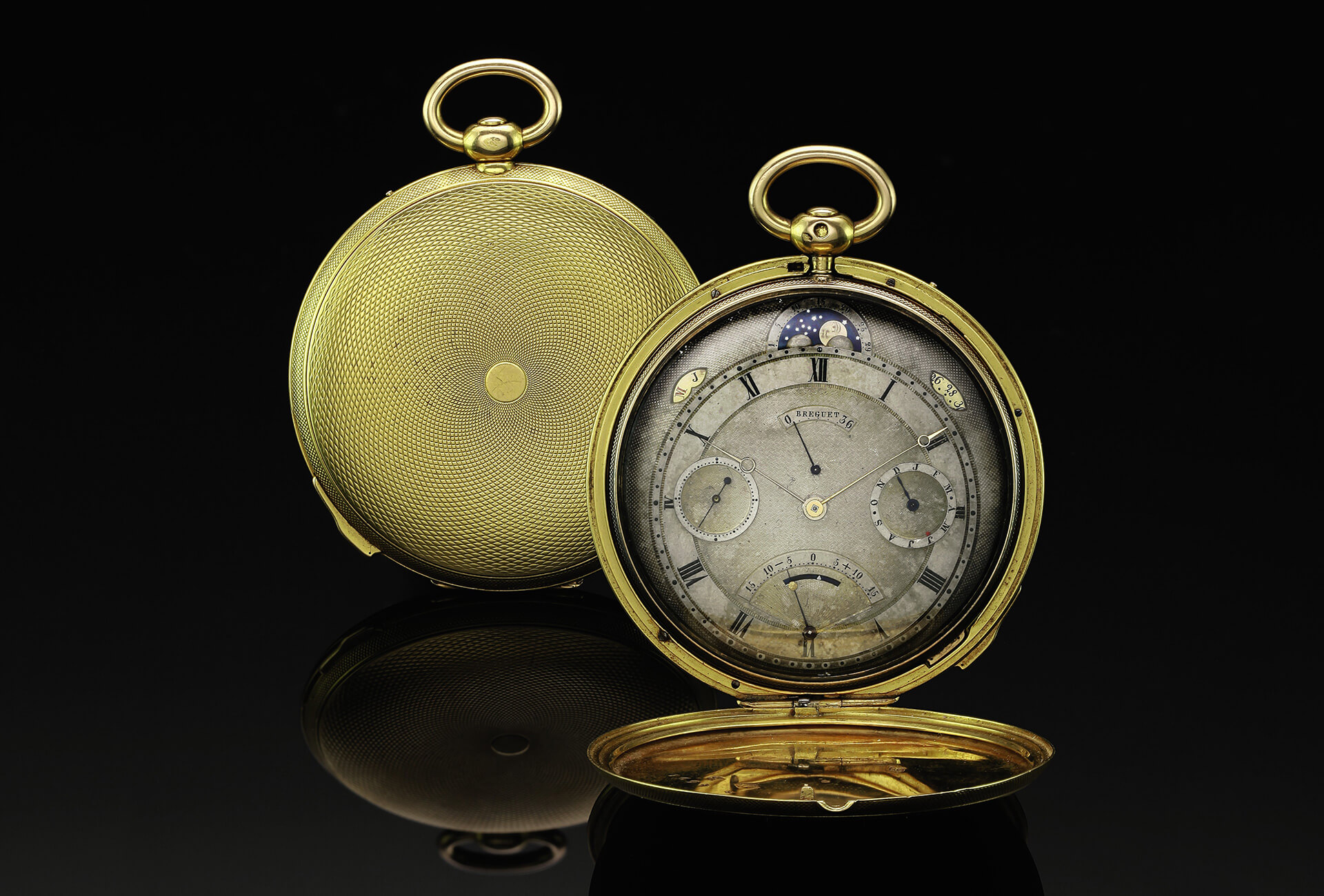Centuries of painstaking development, inventive engineering, success worthy of such an innovation, only to end up sacrificed (almost) on the altar of obsolescence – all because of a tiny splinter of wood. Literally. So goes the story of what is widely acknowledged as the most difficult complication a watchmaker can attempt: the repeater. Introduced in 1685, it gave generations of individuals a means of knowing the time when artificial lighting was virtually inexistent, and houses and streets were plunged into darkness each night. Despite its evident utility, despite being hailed a fabulous technical achievement, a century and a half later the repeater would be ousted by another invention in an entirely different domain: the match.
A bright start
Most of us would blame calcium sulphate, the luminescent substance that began to appear on the hands and dials of clocks in the late 1870s, for the decline of the minute repeater as a practical solution to a problem. This innovation was, of course, partly responsible but the fate of this mechanical masterpiece had been sealed long before.
The repeater is the consequence of two other major developments: the sprung balance and the minute hand.
At no point in the history of time measurement has an invention appeared ex nihilo. By building on previous advances, in seven centuries horologists were able to progress from the turret clock to the ultra-thin wristwatch. And so it is that the repeater is the consequence of two other major developments: the sprung balance and the minute hand (the latter following on from the former). In 1675, Christiaan Huygens of the Netherlands made a presentation before the Royal Society in Paris of a new regulating device that would revolutionise the fractioning and counting of time. Thanks to Huygens’ tiny spiral spring, combined with a flywheel, watchmakers were able to produce movements that were not just significantly smaller but considerably more precise: from 40 minutes a day, a movement could now maintain a rate that was accurate to around four minutes a day.
In an era when even the most sophisticated timepieces showed only the hours, this new-found precision paved the way for an additional hand that would count the minutes. English watchmaker Daniel Quare is said to have been first to use this minute hand. Quare, this time in competition with fellow countrymen Edward Barlow (born Booth) and Thomas Tompion, was also first to turn his attention to a means of telling the time in the dark. In 1685, all three presented in London their principle for a quarter-repeater watch. Judged the most practical of the three by King James II, Quare’s invention was awarded a patent by the Privy Council, in 1687.

An ingenious construction
It would be several decades before the minute repeater watch came into being. The first specimens, which cannot be attributed with certainty to a specific maker, appeared in southern Germany circa 1700. Their movement, even in this early form, is already the work of an ingenious mind. Striking is regulated by a rack and snail mechanism. When the mechanism is actuated, a snail-shaped cam determines how far a rack is allowed to fall. This regulates the number of strikes by a hammer on a miniature bell. Convention dictates that the hours are sounded on a low note, quarter-hours on a high then low note, and minutes on a high note. Abraham-Louis Breguet improved this construction in 1787 when he developed circular gongs. As well as producing a more melodious sound, they reduced the thickness of the movement.
Repeaters remained in great demand for more than 160 years. This sumptuous mechanism, whose complexity mirrors the decades required to bring it to fruition, would nonetheless fall victim to a discovery of seemingly little consequence for watchmaking. In 1831, a French chemistry student by the name of Charles Sauria invented, almost by chance, the white phosphorous-based friction match. Sauria failed to secure a patent for his discovery, allowing others to profit from it – in particular the Austrian chemist Anton Schrötter who discovered a means of producing red phosphorus from white. Soon, Schrötter’s “safety matches” were being used to light candles, oil lamps and, later, gas lamps.
Now that the match had cast light on dials, repeater mechanisms no longer served any practical purpose. Still, such a demonstration of virtuoso skill could never completely disappear, hence the minute-repeater complication has continued to grace the finest pocket watches and, from the twentieth century, prestigious wristwatches. Whether their owners continue to rely on them to tell the time in the dark is a different matter.













